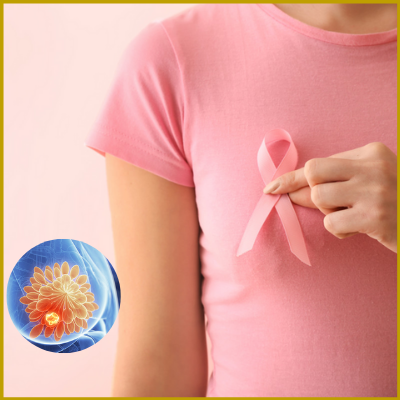According to top oncologists, breast cancer is the most common cancer in women. Early diagnosis will help keep the disease under control. Around 30% of breast cancer cases are aggressive with rapidly growing tumors.

Women who have a family history of breast cancer are advised to have regular screening.